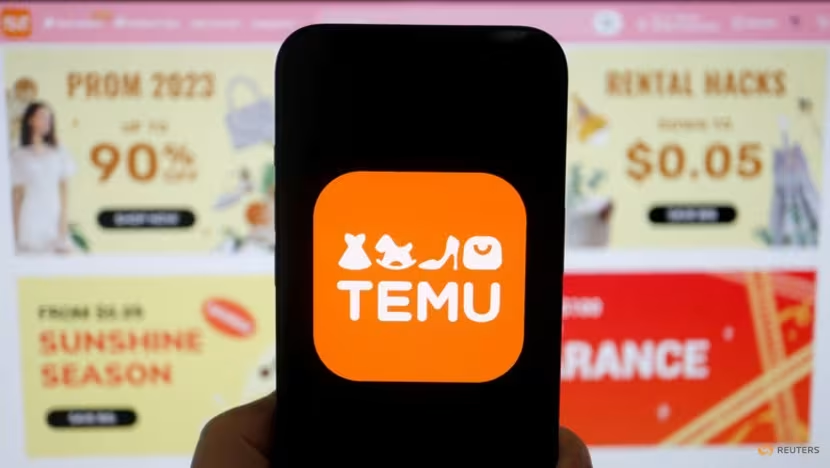Yes as the title suggested, I had only ¥25 cash in my pocket when I landed in the Western Chinese city of Chongqing to start a 2 week business trip.
Apart from Chongqing, Beijing, Shanghai and Hangzhou are also on the itinerary – I also planned a quick weekend visit to my parents in Nantong (a small provincial city with only 8 million people).
I was not worried about the cash – I had both WeChat and Alipay in my phone, and a power bank to keep my phone charged.
The missing ¥5
After 10 days, I had ¥20 left in the pocket.
Guess where the other ¥5 went?
I bought domestic air tickets on Ctrip, paying with WeChat.
I purchased high speed rail ticket at the ticketing machine, paying with Alipay.

I paid for my bus ride with Alipay as well.

I bought a new pair of jeans with Alipay, and two books with WeChat.
I paid every coffee, whether at Starbucks or any roadside cafe, with WeChat.
I even bought some tandoori bread with Alipay. The baker just hung the QR code outside for whoever wanting to scan.

That’s the beautiful part of Alipay and WeChat – they are so prevalent that they do not have to convince merchants to accept it anymore. Merchant would print and display QR codes on their own – because customers demand to pay with either of the services.
And when I was buying breakfast another day, the stall owner was so busy that he put his QR codes everywhere: “just pick whatever you want and scan the code to pay yourself.” And whenever a payment is made, a voice notification goes around the stall: “¥6 (or whatever amount)” has been received.”

And of course, he is happy that he doesn’t need to tally the cash at the end of the busy morning.
Guess where did the ¥5 go?
Earlier today, I told a friend about the ¥5, and she said “you must have donated to a buddhist temple”.
Well, I did visit a buddhist temple, and gave some donation. But here is how I did it:

OK, I gave the ¥5 to a street artist playing flute along the river dike in Chongqing – a popular tourist attraction. He had a QR code displayed next to his donation bowl, but my phone (and power bank) was out of battery then. So I gave him some cash.
Cashless works well… so far
So would the ¥20 I have left in my pocket enough for the remaining four days?
Apparently not – the society is not entirely cashless yet, as I realised on my eleventh day here.
I was going to my parents 300 kilometers away from Hangzhou. I rented a car and paid with Alipay on my mobile.
As I was already on the expressway, I suddenly realised …. These guys at the toll take only cash or their store valued cash, no Alipay, no WeChat, no UnionPay Quickpass (an NFC payment method).

It took me two hours and visits at four service areas to find an ATM. In the end I had to park my car, and walk through a tunnel to a supermarket outside the expressway area to withdraw cash.
Fortunately all ATMs are connected thanks to UnionPay – you don’t need to hold that bank’s card in order to withdraw from their ATM.
Somehow this reminds me of Touch N Go in Malaysia, if you know what I mean.
—
Thanks for reading The Low Down (TLD), the blog by the team at Momentum Works. Got a different perspective or have a burning opinion to share? Let us know at [email protected].









![[Press Release] Southeast Asia’s food delivery spend reached US$17.1B with Vietnam achieving the highest growth](https://i0.wp.com/thelowdown.momentum.asia/wp-content/uploads/2024/01/Food-delivery-platforms-in-Southeast-Asia-2024-_MW_Jan-2024-2.jpg?resize=218%2C150&ssl=1)

![[New Report] Food delivery platforms in Southeast Asia (SEA) 4.0](https://i0.wp.com/thelowdown.momentum.asia/wp-content/uploads/2024/01/Food-delivery-platforms-in-Southeast-Asia-2024-_MW_Jan-2024-2.jpg?resize=100%2C70&ssl=1)
![[New report] Southeast Asia spends US$3.4 billion on modern coffee in 2023](https://i0.wp.com/thelowdown.momentum.asia/wp-content/uploads/2023/11/Coffee-in-Southeast-Asia_MW_Nov-2023-1.png?resize=100%2C70&ssl=1)
![[New report] Apples to Apples 3.0: Benchmarking major tech platforms – what’s next after achieving profitability?](https://i0.wp.com/thelowdown.momentum.asia/wp-content/uploads/2023/09/Apples-to-Apples-3.0_benchmarking-major-tech-platforms_whats-next-after-profitability_MW_Sept-2023-7.jpg?resize=100%2C70&ssl=1)






